| Rus | Eng |
 The Prize is awarded to researchers, scientists and developers (up to three people) being the authors of scientific-technological discovery or discoveries in the field of nanotechnologies, and to the company being the first to apply the discovery (discoveries) to mass production with the annual turnover of at least $10 million and reached business success through the application of the discovery (discoveries).
The Prize is awarded to researchers, scientists and developers (up to three people) being the authors of scientific-technological discovery or discoveries in the field of nanotechnologies, and to the company being the first to apply the discovery (discoveries) to mass production with the annual turnover of at least $10 million and reached business success through the application of the discovery (discoveries).
 The RUSNANOPRIZE International Nanotechnology Prize Committee awarded the winners of the 2013 prize, in the field of nanomaterials and surface modification. This year prize goes to Massachusetts Institute of Technology Institute Professor Robert Langer and Harvard Medical School Professor Omid Farokhzad for the development and industrialization of nanoparticle technologies for medical applications.
The RUSNANOPRIZE International Nanotechnology Prize Committee awarded the winners of the 2013 prize, in the field of nanomaterials and surface modification. This year prize goes to Massachusetts Institute of Technology Institute Professor Robert Langer and Harvard Medical School Professor Omid Farokhzad for the development and industrialization of nanoparticle technologies for medical applications.
Prof. Langer and Prof. Farokhzad have created combined nanoparticles, the surfaces of which are covered with biological ligands, i.e. molecules that recognize specific targets in the body, for example, the surface of cancer cells. The interior of the nanoparticles is composed of biologically inert polymer which binds the active substance, for example docetaxel, which is traditionally used in chemotherapy. These particles may circulate for a long time and be retained in the blood, and so they accumulate only around the tumor cells. Based on this technology, in particular, drugs have been created for the treatment of brain tumors, which are difficult to treat with traditional methods.
 The winning research is a junction between biotechnology and material science. Prof. Langer’s research has laid foundation for new developments in the field of biomaterials as well as for applying nanomaterials in medicine and biology. Aside from his research in bio-compatible polymers for drug delivery systems with controlled release and synthetic polymers for tissue engineering, Prof. Langer has pioneered creating many other new types of biomaterials, like shape-memory polymers and materials with controlled surface properties.
The winning research is a junction between biotechnology and material science. Prof. Langer’s research has laid foundation for new developments in the field of biomaterials as well as for applying nanomaterials in medicine and biology. Aside from his research in bio-compatible polymers for drug delivery systems with controlled release and synthetic polymers for tissue engineering, Prof. Langer has pioneered creating many other new types of biomaterials, like shape-memory polymers and materials with controlled surface properties.
RUSNANOPRIZE 2013 award was also given to US-based BIND Therapeutics Inc. for the successful commercial application of Prof. Langer’s and Prof. Farokhzad’s research, developing Accurins™ a new class of highly selective targeted and programmable therapeutics.
RUSNANOPRIZE is established to promote Science and Business Integration, Public Awareness of the Achievements in the Nanotechnology Area, International Cooperation, Acknowledgement of the Role of Scientists and Manufacturers.
International RUSNANOPRIZE 2013 Award Committee is represented by famous scientists and innovation businessman, who are generally acknowledged to have achieved outstanding results in the field of this year Prize - nanomaterials and surface modification. This year prof. Yury Gogotsi, Director of the A. J. Drexel Nanotechnology Institute, distinguished chair and professor, Drexel University (USA), also was invited to International Prize Award Committee
Financial rewards, prize symbols and honorary diploma of the Prize are awarded to inventors, scientists and developers, the authors of the R&D projects or technologies implemented into production. The company that has achieved some significant commercial success due to the implementation of these technologies is awarded with an honorary diploma and a glass ball, which is a RUSNANOPRIZE symbol.
The RUSNANOPRIZE 2013 award ceremony was held on November 1 in Moscow as part of the Open Innovations Forum.
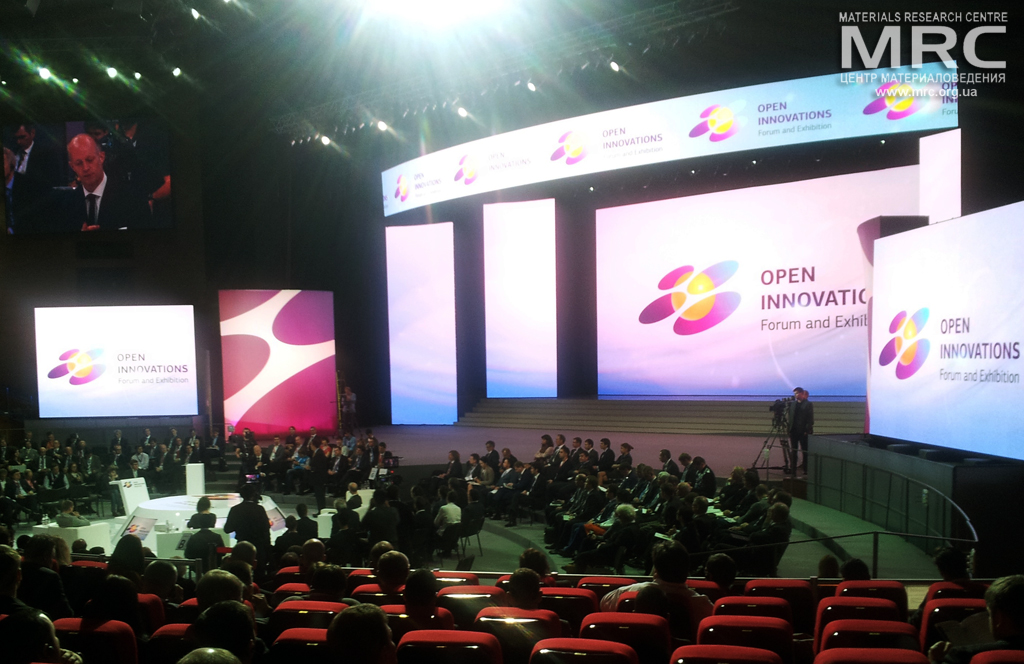
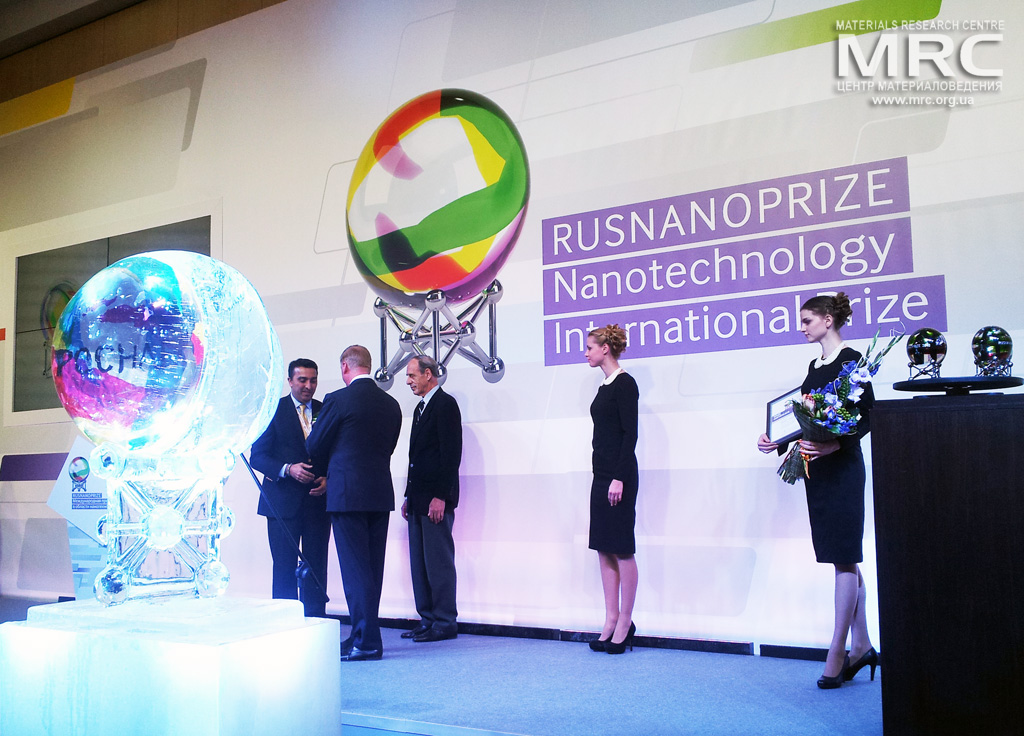
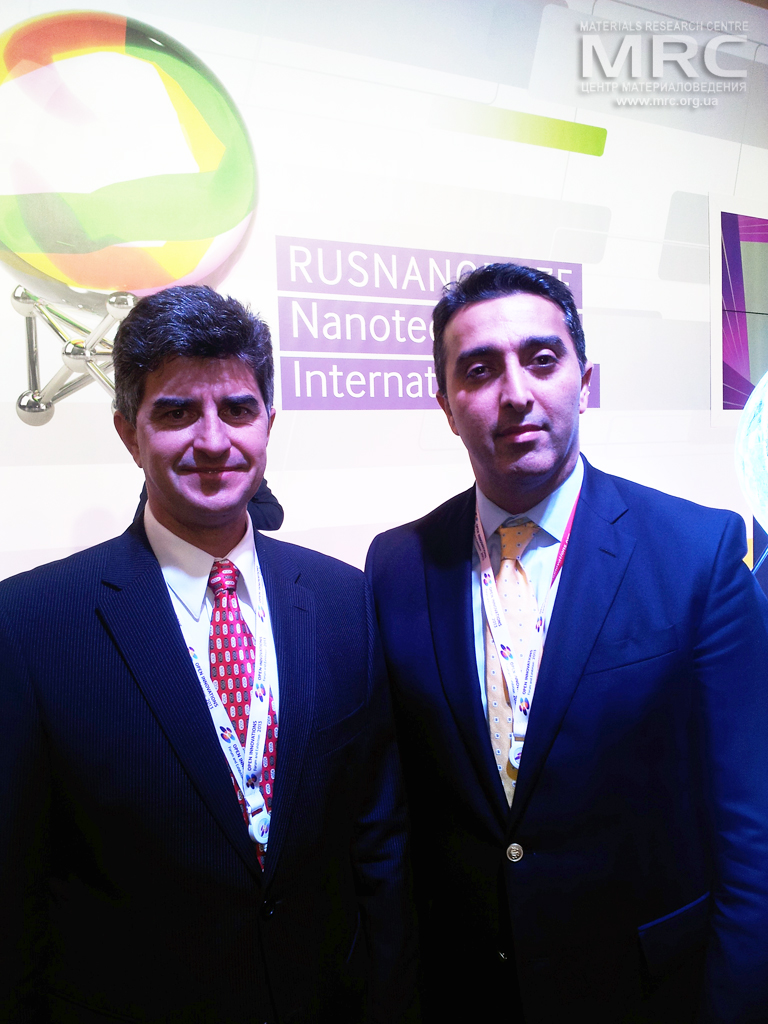
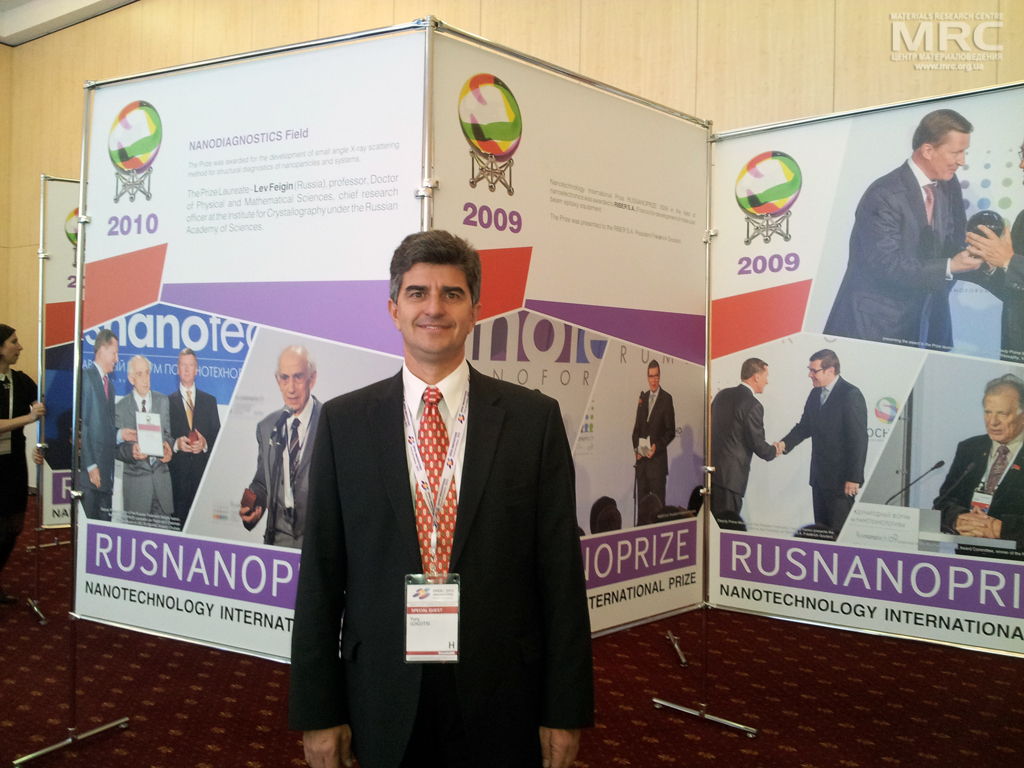
Source: www.rusnanoprize.ru



 Highlights
Highlights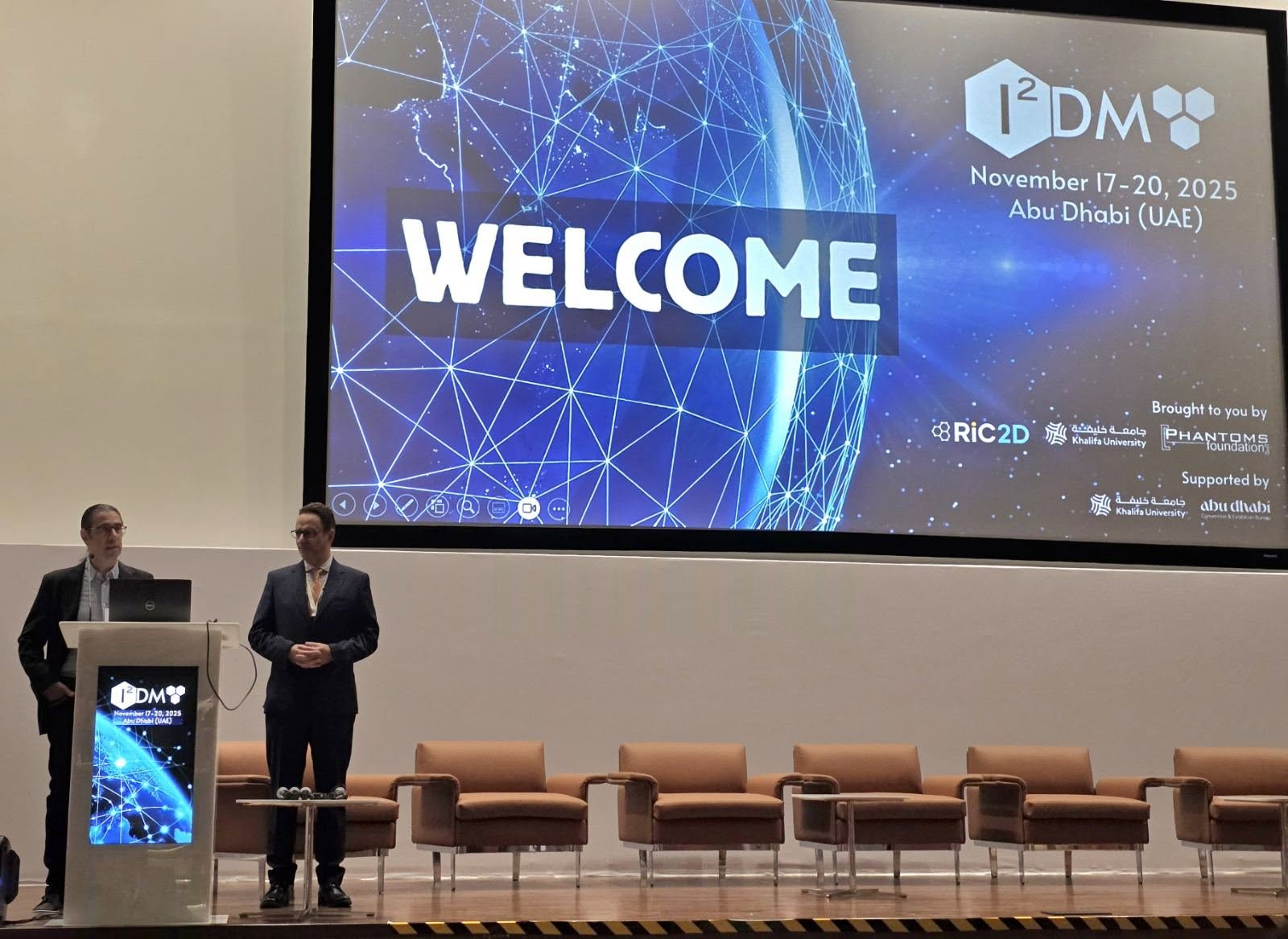 We are excited to share that our Carbon-Ukraine (Y-Carbon LLC) company participated in the I2DM Summit and Expo 2025 at Khalifa University in Abu-Dhabi! Huge thanks to Research & Innovation Center for Graphene and 2D Materials (RIC2D) for hosting such a high-level event.It was an incredible opportunity to meet brilliant researchers and innovators working on the next generation of 2D materials. The insights and energy from the summit will definitely drive new ideas in our own development.
We are excited to share that our Carbon-Ukraine (Y-Carbon LLC) company participated in the I2DM Summit and Expo 2025 at Khalifa University in Abu-Dhabi! Huge thanks to Research & Innovation Center for Graphene and 2D Materials (RIC2D) for hosting such a high-level event.It was an incredible opportunity to meet brilliant researchers and innovators working on the next generation of 2D materials. The insights and energy from the summit will definitely drive new ideas in our own development. Carbon-Ukraine team had the unique opportunity to visit XPANCEO - a Dubai-based deep tech startup company that is developing the first smart contact lenses with AR vision and health monitoring features, working on truly cutting-edge developments.
Carbon-Ukraine team had the unique opportunity to visit XPANCEO - a Dubai-based deep tech startup company that is developing the first smart contact lenses with AR vision and health monitoring features, working on truly cutting-edge developments. Our Carbon-Ukraine team (Y-Carbon LLC) are thrilled to start a new RIC2D project MX-Innovation in collaboration with Drexel University Yury Gogotsi and Khalifa University! Amazing lab tours to project collaborators from Khalifa University, great discussions, strong networking, and a wonderful platform for future collaboration.
Our Carbon-Ukraine team (Y-Carbon LLC) are thrilled to start a new RIC2D project MX-Innovation in collaboration with Drexel University Yury Gogotsi and Khalifa University! Amazing lab tours to project collaborators from Khalifa University, great discussions, strong networking, and a wonderful platform for future collaboration.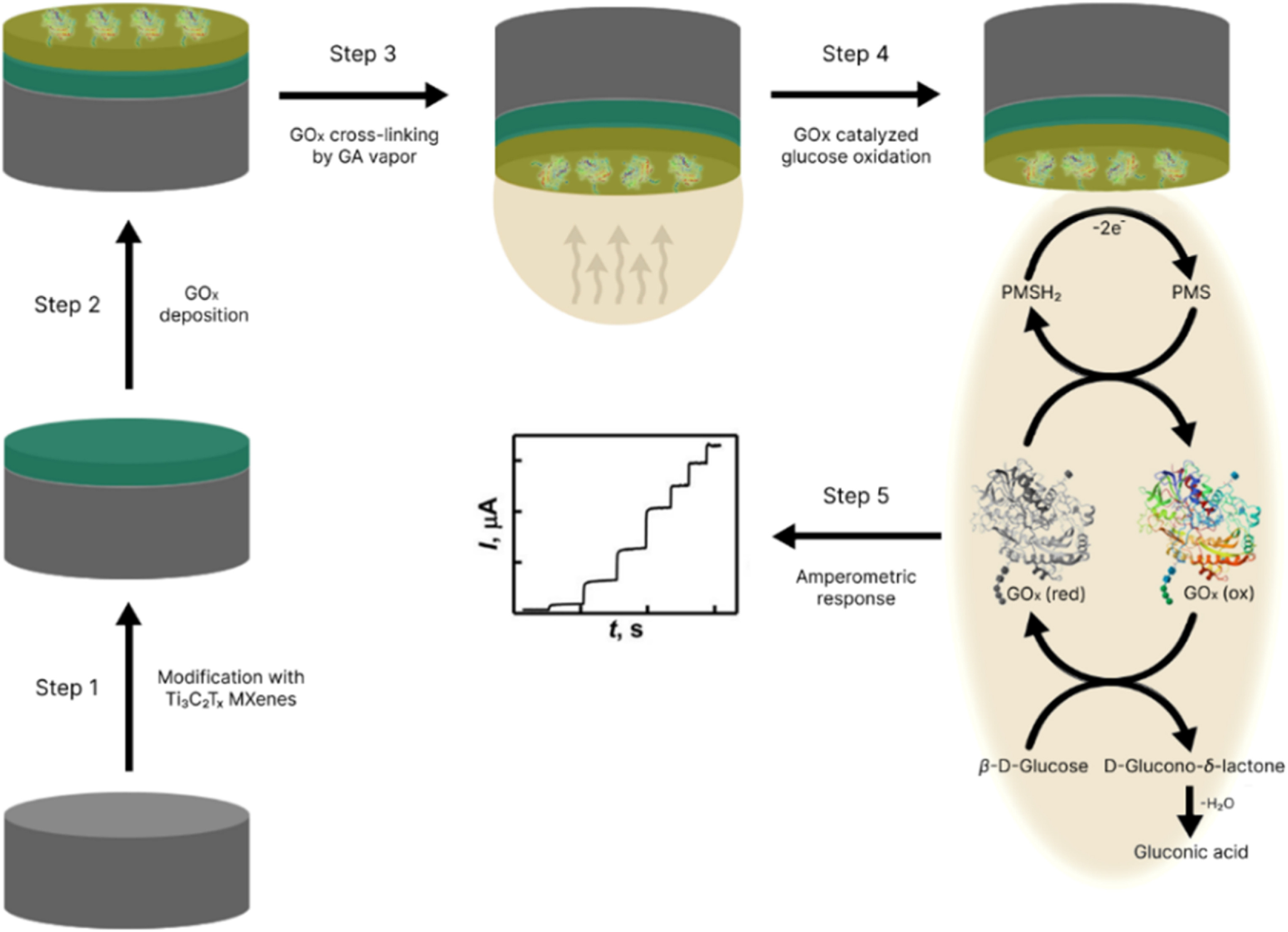
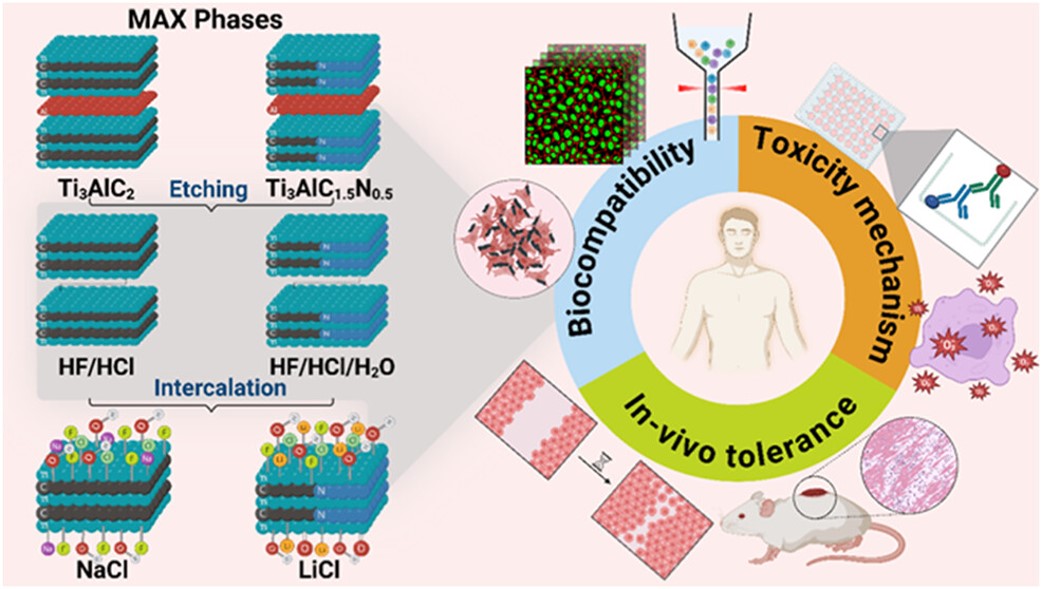 MXenes potential applications include sensors, wound healing materials, and drug delivery systems. A recent study explored how different synthesis methods affect the safety and performance of MXenes. By comparing etching conditions and intercalation strategies, researchers discovered that fine-tuning the surface chemistry of MXenes plays a crucial role in improving biocompatibility. These results provide practical guidelines for developing safer MXenes and bring the field one step closer to real biomedical applications.
MXenes potential applications include sensors, wound healing materials, and drug delivery systems. A recent study explored how different synthesis methods affect the safety and performance of MXenes. By comparing etching conditions and intercalation strategies, researchers discovered that fine-tuning the surface chemistry of MXenes plays a crucial role in improving biocompatibility. These results provide practical guidelines for developing safer MXenes and bring the field one step closer to real biomedical applications. An excellent review highlighting how MXene-based sensors can help tackle one of today’s pressing environmental challenges — heavy metal contamination. Excited to see such impactful work moving the field of environmental monitoring and sensor technology forward!
An excellent review highlighting how MXene-based sensors can help tackle one of today’s pressing environmental challenges — heavy metal contamination. Excited to see such impactful work moving the field of environmental monitoring and sensor technology forward!
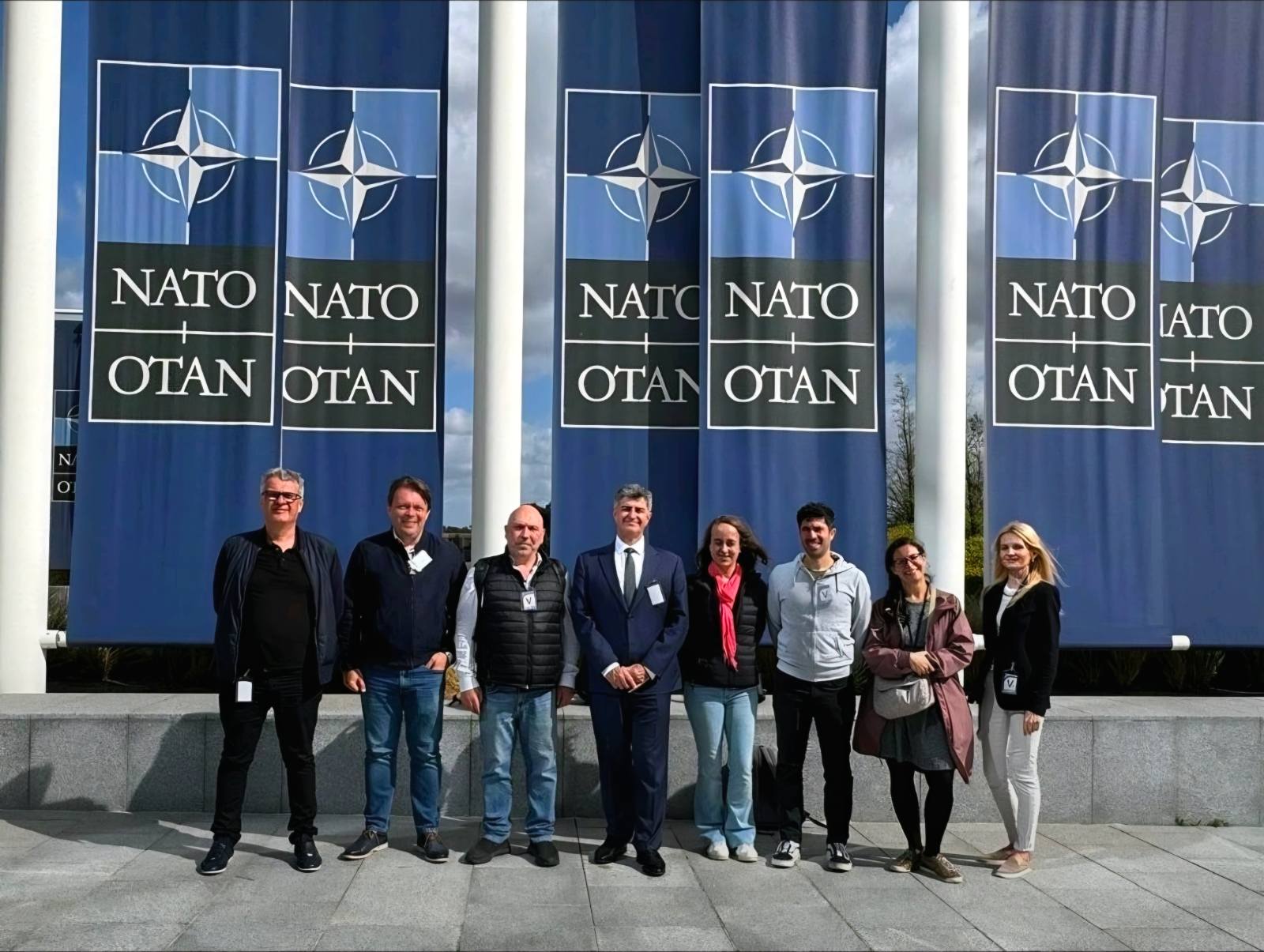 Carbon-Ukraine team was truly delighted to take part in the kickoff meeting of the ATHENA Project (Advanced Digital Engineering Methods to Design MXene-based Nanocomposites for Electro-Magnetic Interference Shielding in Space), supported by NATO through the Science for Peace and Security Programme.
Carbon-Ukraine team was truly delighted to take part in the kickoff meeting of the ATHENA Project (Advanced Digital Engineering Methods to Design MXene-based Nanocomposites for Electro-Magnetic Interference Shielding in Space), supported by NATO through the Science for Peace and Security Programme.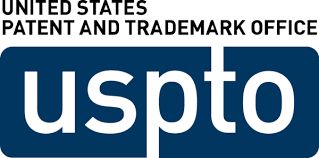 Exellent news, our joint patent application with Drexel University on highly porous MAX phase precursor for MXene synthesis published. Congratulations and thanks to all team involved!
Exellent news, our joint patent application with Drexel University on highly porous MAX phase precursor for MXene synthesis published. Congratulations and thanks to all team involved!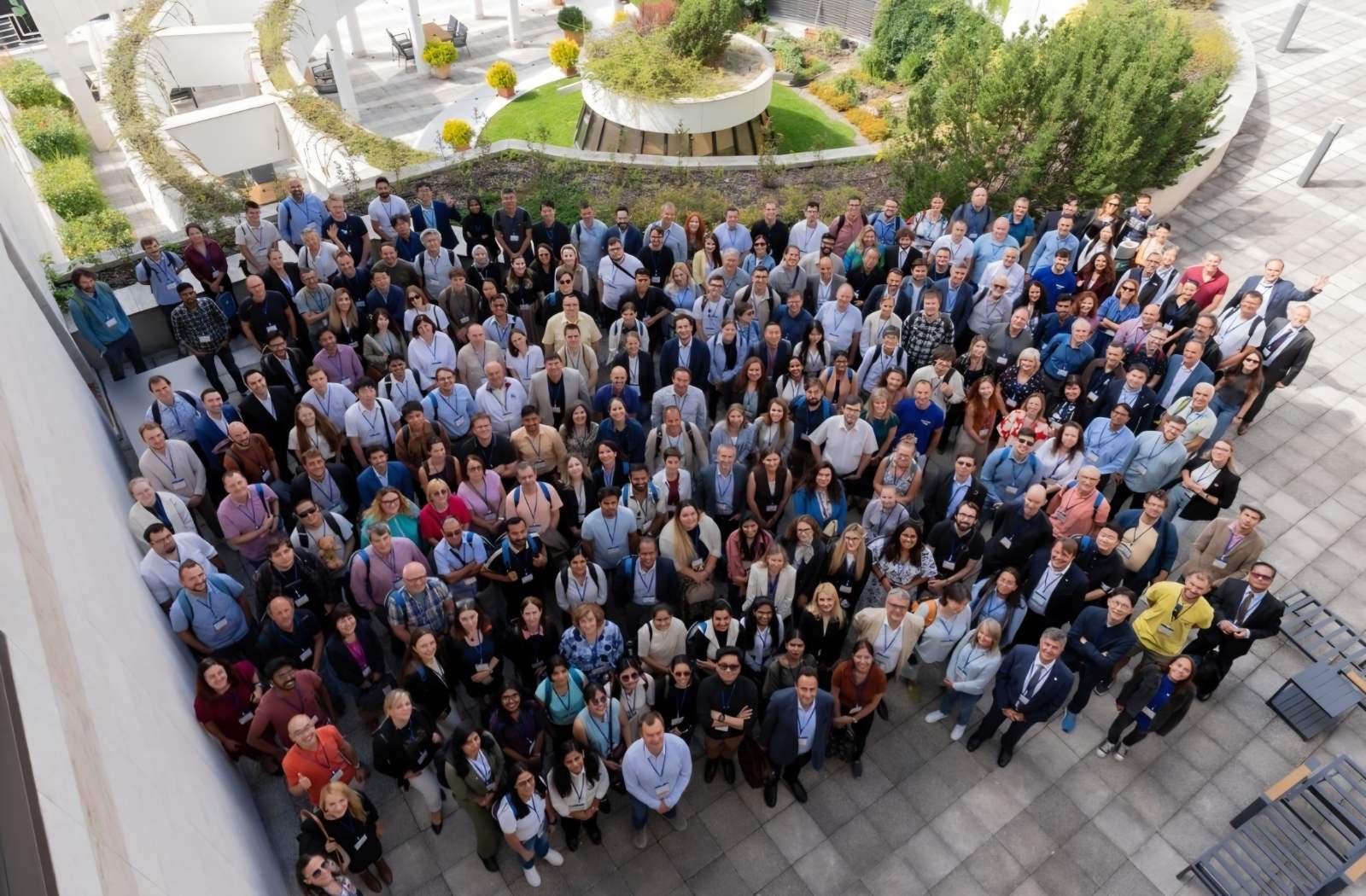 Our team was very delighted to take part in International Symposium "The MXene Frontier: Transformative Nanomaterials Shaping the Future" – the largest MXene event in Europe this year!
Our team was very delighted to take part in International Symposium "The MXene Frontier: Transformative Nanomaterials Shaping the Future" – the largest MXene event in Europe this year!  Last Call! Have you submitted your abstract for IEEE NAP-2025 yet? Join us at the International Symposium on "The MXene Frontier: Transformative Nanomaterials Shaping the Future" – the largest MXene-focused conference in Europe this year! Final Submission Deadline: May 15, 2025. Don’t miss this exclusive opportunity to showcase your research and engage with world leaders in the MXene field!
Last Call! Have you submitted your abstract for IEEE NAP-2025 yet? Join us at the International Symposium on "The MXene Frontier: Transformative Nanomaterials Shaping the Future" – the largest MXene-focused conference in Europe this year! Final Submission Deadline: May 15, 2025. Don’t miss this exclusive opportunity to showcase your research and engage with world leaders in the MXene field!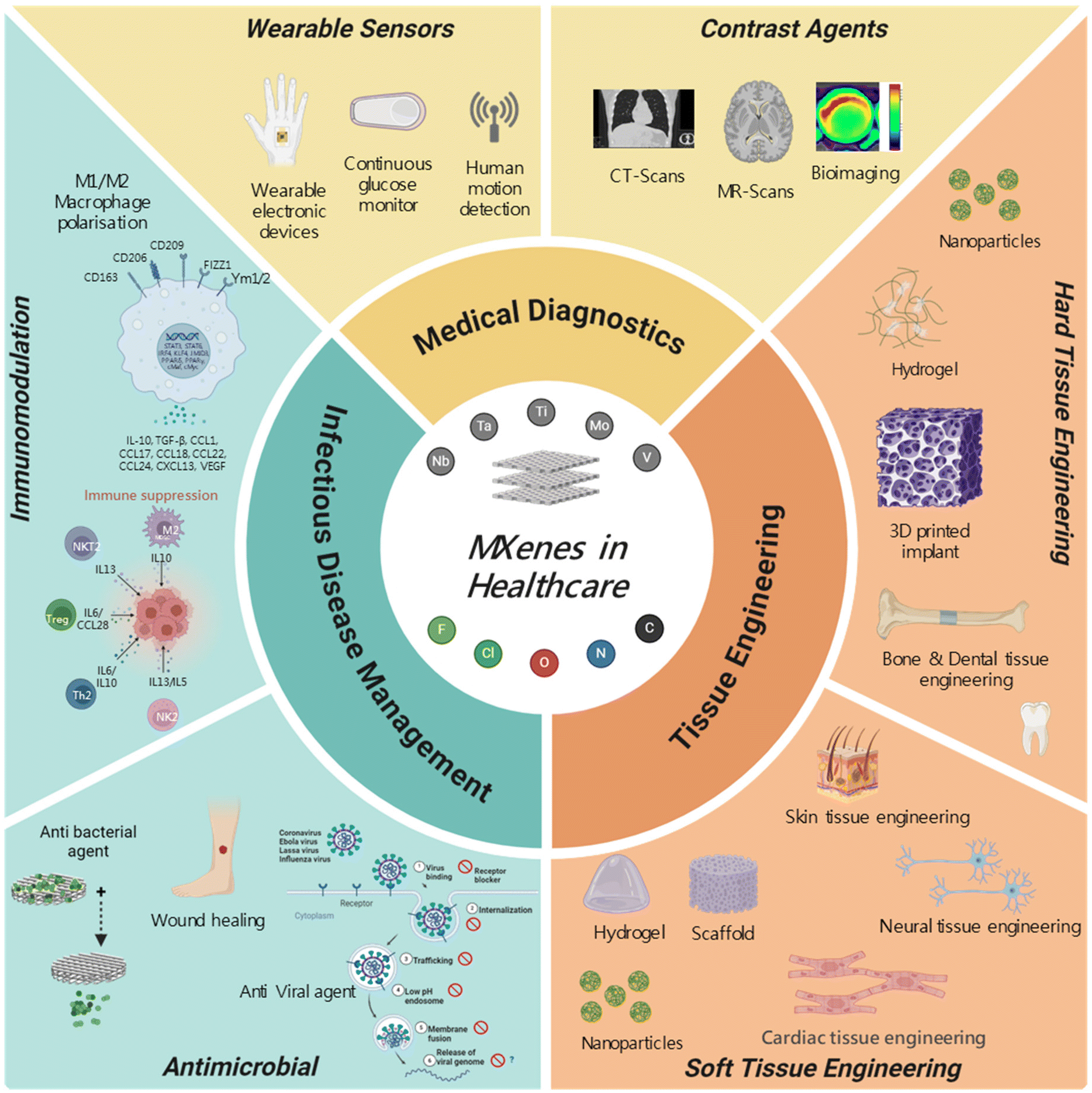 We are excited to announce the publication of latest review article on MXenes in Healthcare. This comprehensive review explores the groundbreaking role of MXenes—an emerging class of 2D materials—in revolutionizing the fields of medical diagnostics and therapeutics. Read the full article here: https://doi.org/10.1039/D4NR04853A.
We are excited to announce the publication of latest review article on MXenes in Healthcare. This comprehensive review explores the groundbreaking role of MXenes—an emerging class of 2D materials—in revolutionizing the fields of medical diagnostics and therapeutics. Read the full article here: https://doi.org/10.1039/D4NR04853A.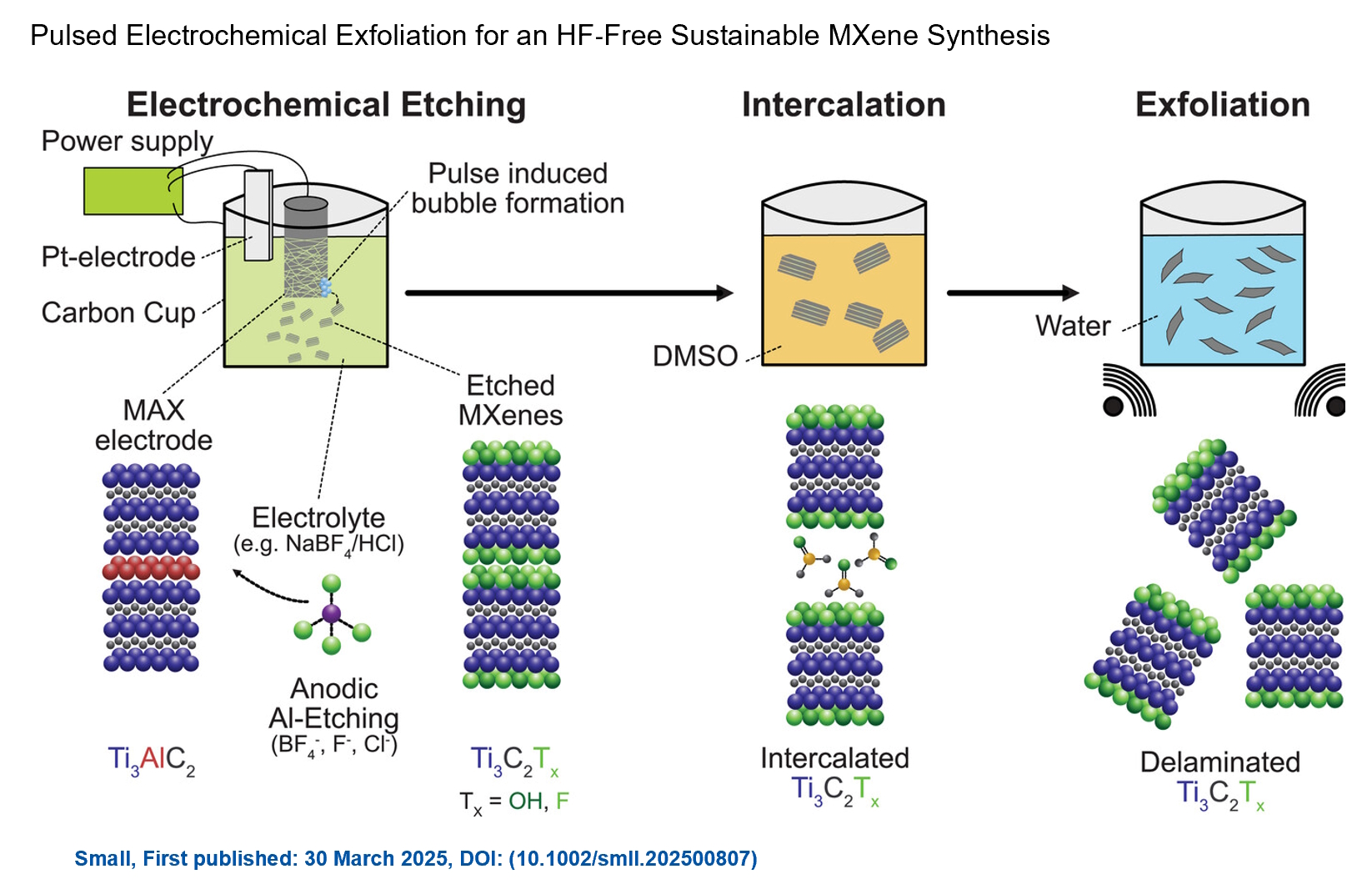 Congratulations and thank you to our collaborators from TU Wien and CEST for very interesting work and making it published! In this work, an upscalable electrochemical MXene synthesis is presented. Yields of up to 60% electrochemical MXene (EC-MXene) with no byproducts from a single exfoliation cycle are achieved.
Congratulations and thank you to our collaborators from TU Wien and CEST for very interesting work and making it published! In this work, an upscalable electrochemical MXene synthesis is presented. Yields of up to 60% electrochemical MXene (EC-MXene) with no byproducts from a single exfoliation cycle are achieved. Congratulations to all collaborators with this interesting joint work!
Congratulations to all collaborators with this interesting joint work!